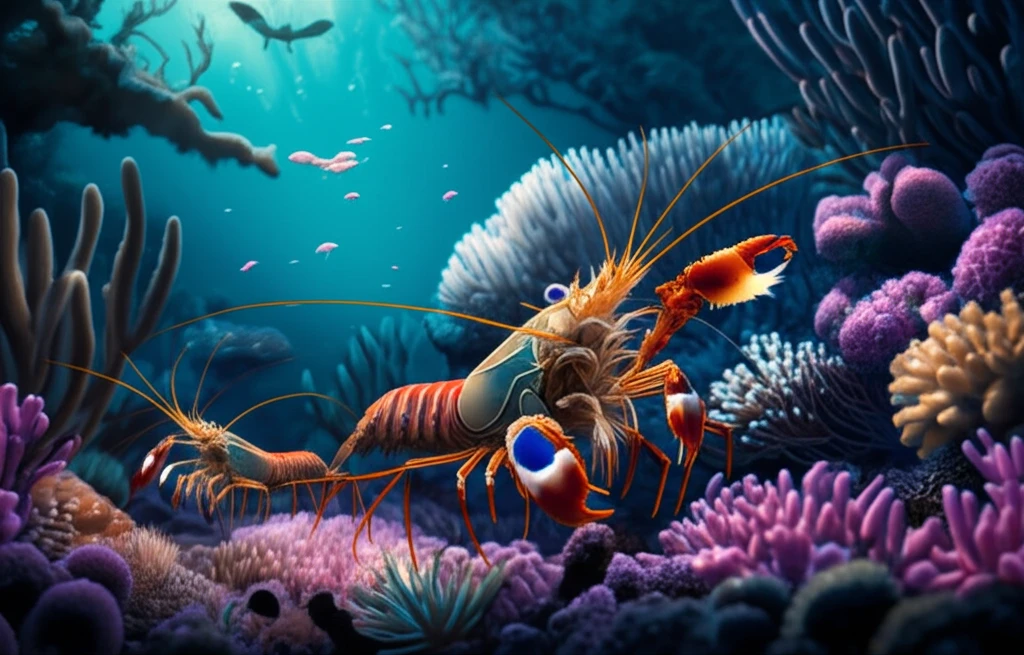
Shrimp Secrets: Uncovering New Species in the Persian Gulf
"Dive into the world of marine biology and discover the fascinating story of newly identified snapping shrimp species, their unique characteristics, and the importance of biodiversity in the Persian Gulf."
The ocean's depths hold countless secrets, and among them are the hidden lives of marine creatures, great and small. In a recent study published in the Journal of the Marine Biological Association of the United Kingdom, researchers unveiled a fascinating discovery: three new species of snapping shrimp, genus Alpheus, dwelling in the Persian Gulf. This discovery highlights the incredible biodiversity still waiting to be uncovered and underscores the importance of ongoing marine research.
Snapping shrimp, also known as pistol shrimp, are a captivating group of crustaceans renowned for their unique ability to create a powerful snapping sound with their oversized claw. This sound, generated by rapidly closing the claw, produces a cavitation bubble that collapses with enough force to stun or even kill prey. These tiny but mighty creatures play a vital role in marine ecosystems, contributing to the complex web of life beneath the waves.
This article delves into the details of this exciting discovery, exploring the characteristics of these new shrimp species, their habitat in the Persian Gulf, and the broader implications for understanding marine biodiversity and conservation. Whether you're a seasoned marine biologist or simply curious about the natural world, prepare to be amazed by the hidden lives of these snapping shrimp.
What Makes These Snapping Shrimp Unique?

The researchers, Amir Dehghani, Alireza Sari, and Reza Naderloo, meticulously examined shrimp specimens collected from the Abu-Musa Island region of the Persian Gulf. Their detailed analysis revealed distinct morphological characteristics that set these shrimp apart from previously known species. These differences include variations in claw shape, body size, and color patterns.
- Alpheus ankeri sp. nov.: This species features a unique color pattern and a relatively large female allotype, measuring 9.1 mm in carapace length (CL).
- A. abumusa sp. nov.: The female allotype of this species has a CL of 8.8 mm, with subtle differences in claw morphology. The male holotype is recorded with a CL of 8.9 mm.
- A. mohammadpouri sp. nov.: Characterized by a distinct set of features, this species includes a female allotype with a CL of 9.4 mm and a male holotype with a CL of 8.3 mm.
Why This Discovery Matters
The identification of these three new snapping shrimp species is more than just an academic exercise. It underscores the critical importance of biodiversity in the Persian Gulf, a region facing increasing environmental pressures from pollution, habitat destruction, and climate change. Understanding the full extent of marine life in this area is essential for developing effective conservation strategies. Each species, no matter how small, plays a role in the intricate web of the ecosystem.
